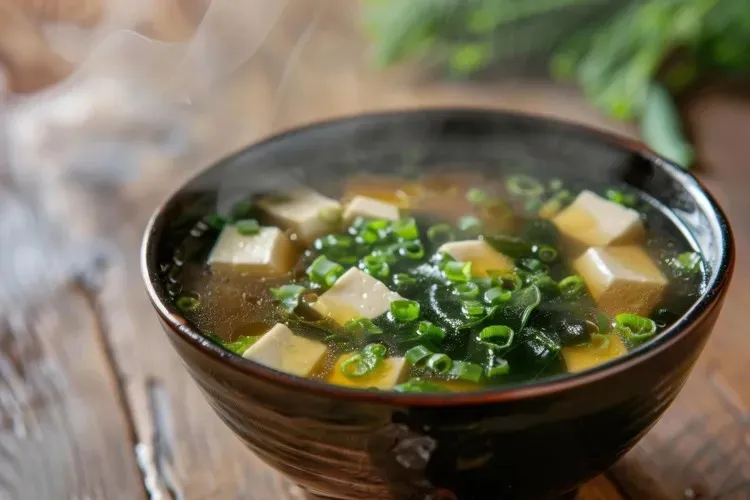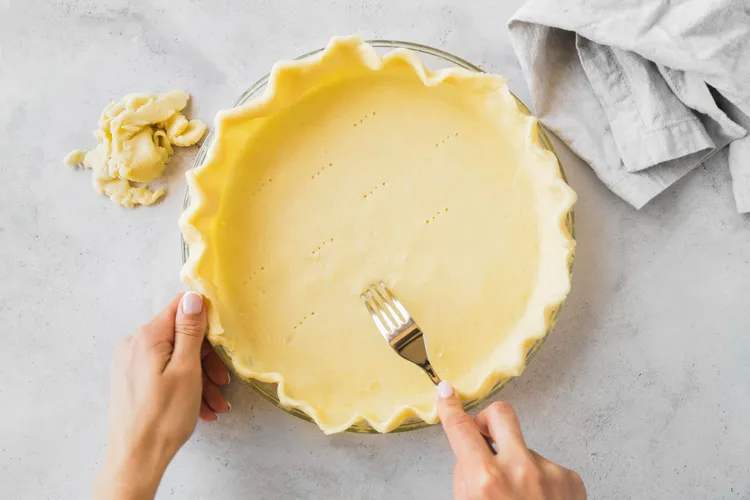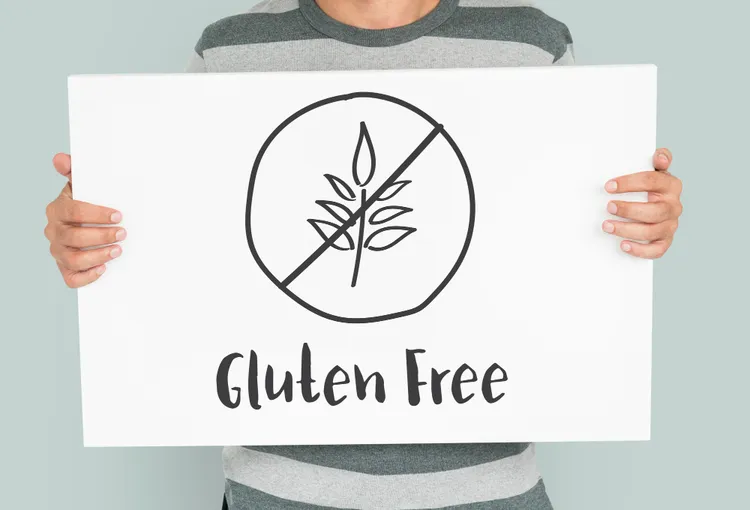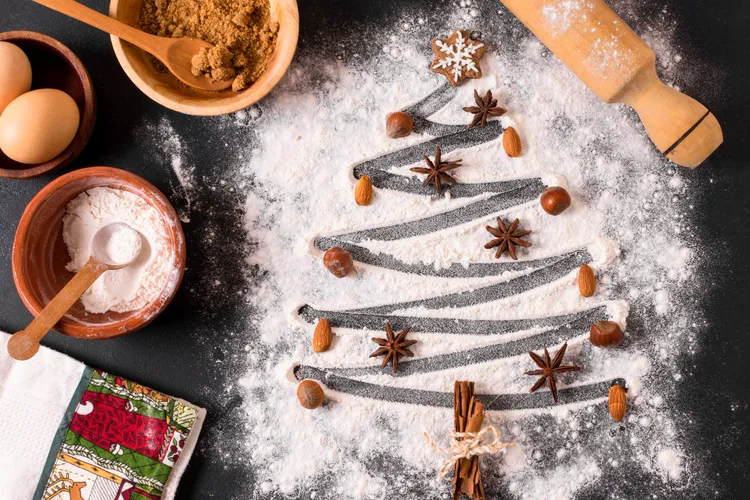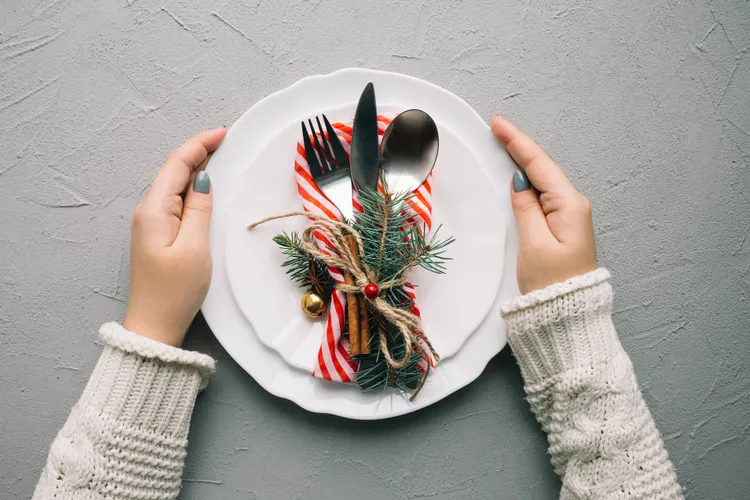High-Protein Nuts and Seeds: Ranked from Most to Least Protein
Nuts and seeds are nature’s portable superfoods - rich in healthy fats, fiber, vitamins, and plant-based protein. Whether you’re vegan, vegetarian, keto, or just trying to snack smarter, nuts and seeds can be a powerful protein source - but not all are created equal. In this post, we’ll rank the best nuts and seeds by protein content per 100 grams, break down their health benefits, and show you how to incorporate them into your daily diet without overdoing the fat or calories.
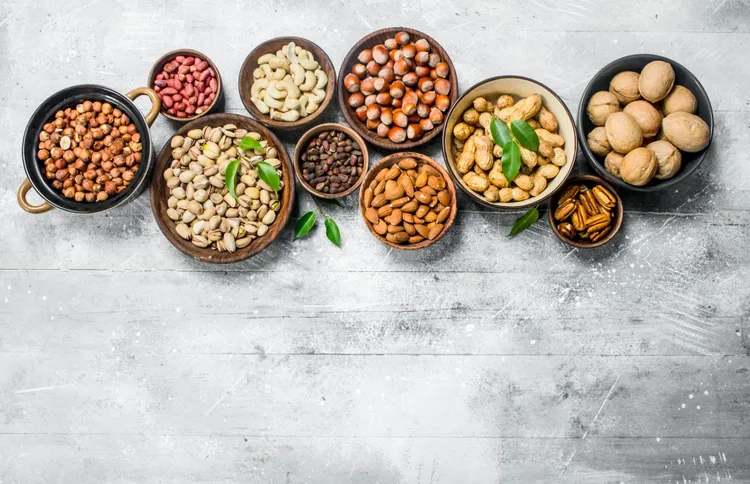
Why Protein from Nuts & Seeds Matters
Plant-based protein: Perfect for vegans, vegetarians, and those looking to cut back on animal products.
Essential amino acids: While not all nuts are complete proteins, combining different sources can fill the gap.
Satisfying snacks: Protein + fat + fiber = longer-lasting fullness.
Micronutrient rich: Magnesium, zinc, selenium, vitamin E - all packed into tiny bites.
Nuts and Seeds Ranked by Protein (Per 100g)
Here’s the ultimate protein leaderboard:
| Rank | Nut/Seed | Protein (g/100g) | Fat (g) | Notes |
|---|---|---|---|---|
| 1 | Pumpkin Seeds (Pepitas) | 30g | 49g | Also rich in magnesium and zinc. |
| 2 | Hemp Seeds | 31g | 49g | Complete protein, great omega-3s. |
| 3 | Peanuts (technically legumes) | 26g | 49g | High in niacin and folate. |
| 4 | Almonds | 21g | 50g | Great for skin and heart health. |
| 5 | Pistachios | 20g | 45g | High in fiber and antioxidants. |
| 6 | Sunflower Seeds | 20g | 51g | Vitamin E powerhouse. |
| 7 | Flaxseeds | 18g | 42g | High in omega-3s and fiber. |
| 8 | Chia Seeds | 17g | 31g | Expands in liquid, great in smoothies. |
| 9 | Cashews | 18g | 44g | High in copper and iron. |
| 10 | Sesame Seeds | 18g | 50g | Good calcium source. |
| 11 | Walnuts | 15g | 65g | Brain-boosting omega-3s. |
| 12 | Hazelnuts | 15g | 61g | High in vitamin E and folate. |
| 13 | Brazil Nuts | 14g | 66g | Extremely rich in selenium. |
| 14 | Macadamia Nuts | 8g | 76g | Very high in fat; use sparingly. |
| 15 | Pine Nuts | 14g | 68g | Tasty in pesto, pricey but nutritious. |
Top 5 High-Protein Picks (With Health Highlights)
1. Hemp Seeds - 31g protein/100g
Bonus: Complete protein, contains all 9 essential amino acids
Perfect for: Smoothies, oatmeal, salads
Tip: Store in the fridge for freshness
2. Pumpkin Seeds (Pepitas) - 30g protein/100g
Bonus: Rich in magnesium, zinc, and iron
Perfect for: Snacking, granola, soups
Tip: Opt for roasted, unsalted for best nutrition
3. Peanuts - 26g protein/100g
Bonus: Budget-friendly and widely available
Perfect for: DIY trail mix, peanut butter
Tip: Choose dry-roasted, no added sugar or hydrogenated oils
4. Almonds - 21g protein/100g
Bonus: Heart-healthy fats, vitamin E
Perfect for: On-the-go snacking, almond butter, baking
Tip: Soaking may improve digestibility
5. Pistachios - 20g protein/100g
Bonus: Highest antioxidant content among nuts
Perfect for: Yogurt toppings, snacking
Tip: In-shell versions slow down snacking (built-in portion control)
Are Nuts and Seeds Complete Proteins?
Most nuts and seeds are not complete proteins (they lack one or more essential amino acids). But when you combine them with legumes, grains, or vegetables, you can create complete protein meals.
Examples of combos:
Chia pudding with soy milk
Almond butter on whole grain toast
Lentils + sunflower seeds in a salad
Best Ways to Eat High-Protein Nuts & Seeds
Breakfast: Sprinkle hemp, flax, or chia on oatmeal or yogurt
Snacks: Raw almonds, roasted pumpkin seeds, trail mix
Smoothies: Add a spoonful of nut butter or a sprinkle of seeds
Lunches: Top salads with sunflower or sesame seeds
Desserts: Use almond flour or peanut powder in baking
Serving Size Reality Check
While these foods are protein-rich, they’re also high in fat and calories, so portion control is key.
| Nut/Seed | Typical Serving | Protein | Calories |
|---|---|---|---|
| Almonds | 28g (~23 nuts) | ~6g | ~164 kcal |
| Pumpkin Seeds | 28g (~2 tbsp) | ~8g | ~150 kcal |
| Peanut Butter | 2 tbsp | ~7g | ~190 kcal |
| Chia Seeds | 2 tbsp | ~5g | ~138 kcal |
Tip: Don’t treat nuts as a bottomless snack - measure them out!
Pro Tips for Protein Power
Roasted vs. Raw: Raw retains more nutrients, but dry-roasted is a tasty, lower-fat option vs. oil-roasted.
Unsalted: Always better for heart health.
Nut Butters: Look for single-ingredient butters with no added sugars or hydrogenated oils.
Grinding Seeds: For chia, flax, or sesame, grinding helps release more nutrients and makes them easier to digest.
Storage Tips
Store in cool, dark places to prevent oils from turning rancid.
For longer shelf life, refrigerate or freeze nuts and seeds.
Use airtight containers to preserve crunch and flavor.
Are Seeds Better Than Nuts?
It depends on your goals:
| Goal | Choose More of… |
|---|---|
| Maximum Protein | Hemp, Pumpkin Seeds |
| Heart Health | Walnuts, Flaxseeds |
| Weight Control | Pistachios (low calorie density), Chia (high satiety) |
| Gut Health | Flax, Chia (high in fiber) |
| Low Omega-6 | Macadamias, Walnuts, Flax |
Pick Your Protein-Packed Powerhouse
Nuts and seeds are a nutritional goldmine - compact, convenient, and packed with powerful plant protein. While they shouldn’t be your only protein source, they’re ideal for boosting meals, enhancing snacks, and supporting a healthy lifestyle.
To make the most of them:
Focus on variety to maximize nutrition.
Watch your portion sizes.
Balance with other protein sources (like legumes, tofu, grains).
Want to Boost Your Protein Intake Naturally?
Start with these 3 easy changes:
Add 2 tbsp of hemp or pumpkin seeds to your morning oatmeal or salad.
Replace one snack with a measured serving of almonds or pistachios.
Use natural peanut or almond butter in smoothies or on toast.

